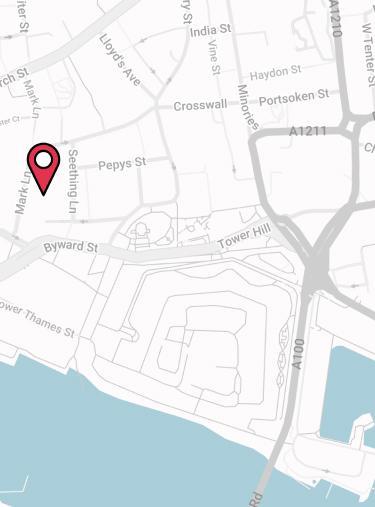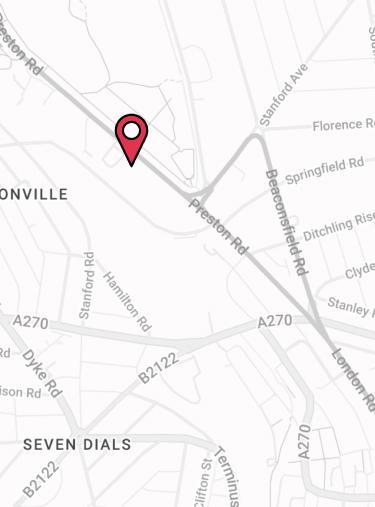
High Earners Beware! Your Death in Service Plan Could Cost You 55% in Tax!
IMPORTANT NOTICE 🧐
The pension lifetime allowance (LTA). was abolished as of 6th April 2023.
A recent water cooler moment here at Drewberry Towers has led me to write this alarming headline.
Speaking with our Employee Benefits guru, Nadeem Farid, together we pondered on how many company owners and senior employees opt to join the Company’s group death in service plan.
All well and good you may think, but blindly signing up to this valuable employee benefit can mean you are exposing the payout to a 55% tax charge.
Traditional Death in Service plans pay a lump sum on death. As the policy is written into trust, this payout is outside of the estate for inheritance tax purposes and is therefore immediately available to the beneficiaries with no need to wait for estate probate.
Most of the time this is just fine, but the legislation Death in Service plans use to provide this benefit piggybacks off pension scheme legislation. As such, the Death in Service benefit gets dragged into the horribly complex pension tax regime, which means you could face an unexpected tax charge.
What Is The Pension Lifetime Allowance?
In the dark and ominous recesses of pension legislation lurks a thing called the ‘Pension Lifetime Allowance’ or LTA, which effectively limits the amount of pension savings a person can accumulate over their lifetime. This stands at £1,055,000 in the 2019/20 tax year and is set to increase in line with inflation in future years (at least until a future Chancellor decides to tinker with pensions… again!).
If you bust this lifetime savings figure, then tax is due!
The tax is payable at a rate of 55% if the excess is taken as a lump sum or 25% (on top of income tax rates) if taken as an income.
And when are benefits tested against this limit? Whenever a snappily titled ‘benefit crystallisation event’ (BCE) occurs.
BCEs encompass thing such as taking a pension income, but also and importantly lump sum death benefits! Just the thing your group death in service plan pays out.
Now there are ways for some people to protect their available Lifetime Allowance at a higher level than the current £1,055,000; but that is an essay in its own right and a rabbit hole we shall not disappear down today. But suffice to say that there are also issues for those which have a protected Lifetime Allowance.
Ultimately, joining or amending a death in service policy can revoke the Lifetime Allowance protection by combining with existing pension savings to exceed the LTA cap and bring further death and pension benefits into a tax charge.
What Does This Mean?
Let’s look at an example.
We shall assume a company director has a Death in Service benefit of £400,000. They also have their own personal pension provision of £800,000, plus they are a member of the company pension plan and have a fund value of £255,000.
Unfortunately, our company owner dies and triggers a series of pension benefit crystallisation events.
Plan | Value | % of LTA Used |
|---|---|---|
Personal Pension | £800,000 | 76% |
Company Pension | £255,000 | 24% |
Death in Service | £400,000 | None available |
As the Death in Service benefit is wholly above the Lifetime Allowance limit, the entire payout is classed as a Lifetime Allowance excess lump sum and taxed at a rate of 55%.
£400,000 x 55% |
|---|
Tax Due: £220,000 | Net Value to Beneficiaries |
For the family of our recently-departed business owner, this may come as somewhat of a shock and in the worst case mean debts go unpaid. They may also face ongoing financial hardship as a result.
Obviously then, this means that for highly-paid executives and company directors with high levels of Death in Service Insurance as well as substantial pension provisions, this could be a serious problem.
Avoiding the Potential 55% ‘Death Tax’
Thankfully there is a solution.
There’s an alternative arrangement that can be used and one which does not fall into the pension tax regime: This is known as an Excepted Group Life Policy.
The death benefits will still be outside of the estate for inheritance tax purposes and they will also be beyond the grasp of the pension Lifetime Allowance.
The effective rate of tax on the payout is 0%.
Huzzah! I hear you shout; but there must be some drawbacks?
The two main drawback of the Excepted Group Life Policy is that it is not open to individuals aged 75 or over and the benefit paid from it cannot be used in conjunction with a Spousal Bypass Trust (a type of trust that is useful for ensuring assets pass down the bloodline and do not leak out of the family tree due to divorce and separations).
The below summary table highlights the main differences between the two types of arrangement.
Group Death in Service | Excepted Group Life Policy | |
|---|---|---|
Maximum employee age | 75 | 75 |
Can different employees be covered with a different multiple of salary? | Yes | No |
Premiums a tax-deductible business expense? | Yes | Yes |
Taxed as a benefit in kind? | No | No |
Outside employee’s estate for inheritance tax? | Yes | Yes |
Option for a spousal bypass trust? | Yes | No |
Lump sum payout caught by the LTA? | Yes | No |
Joining invalidates LTA protection? | Yes | No |
So, What Shall I Do?
Deciding which type of plan to offer employees does not have to be a binary option. Some providers can offer hybrid arrangements, or two separate plans can be established with different groups of employees being offered entry to each type of plan.
However, there are also practical matters to consider, such as the complexity of administration and the premium cost of cover.
As you can see this is not a straightforward matter and that is where Nadeem and his specialist team can provide you with invaluable advice and help your business come to the best solution for you.
About Drewberry
Our goal is simple: to improve our clients’ financial wellbeing.
We help our clients take control of their finances by building lasting relationships where we support them to make informed decisions.
We provide financial advice services to individuals and businesses throughout the UK. Whether it’s setting up personal insurance to protect your lifestyle, managing your pensions, investments and other assets to improve your financial future or setting up employee benefits for a company, we’re here to help.
- Topics
- Business Owner
Contact Us
125-135 Preston Road
Brighton
BN1 6AF
Cookies
Drewberry™ uses cookies to offer you the best experience online. By continuing to use our website you agree to the use of cookies including for ad personalization.
If you would like to know more about cookies and how to manage them please view our privacy & cookie policy.







